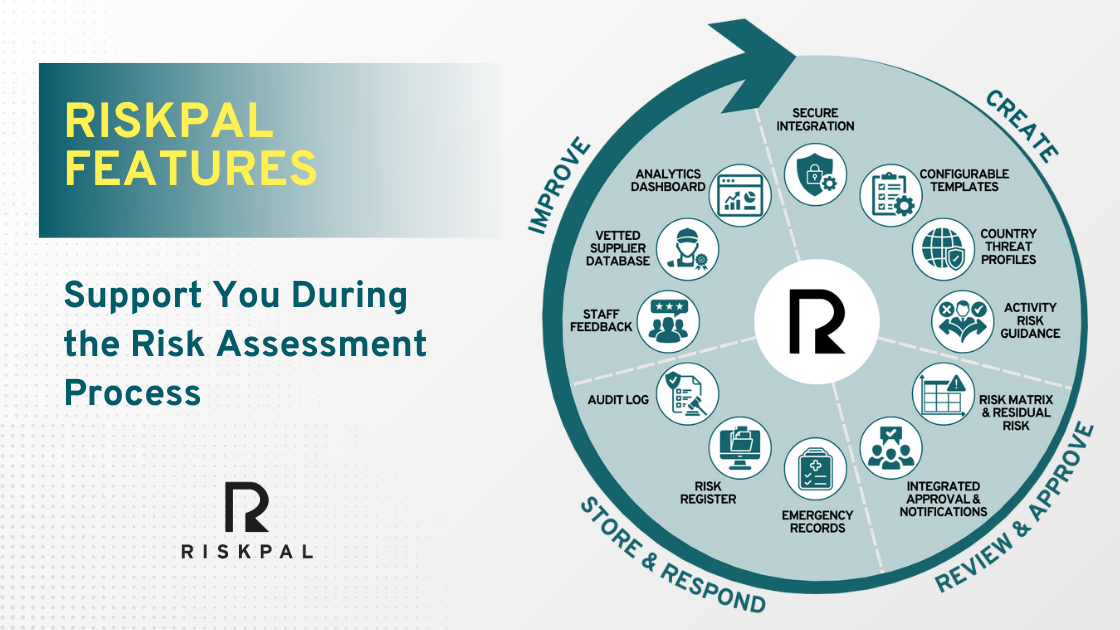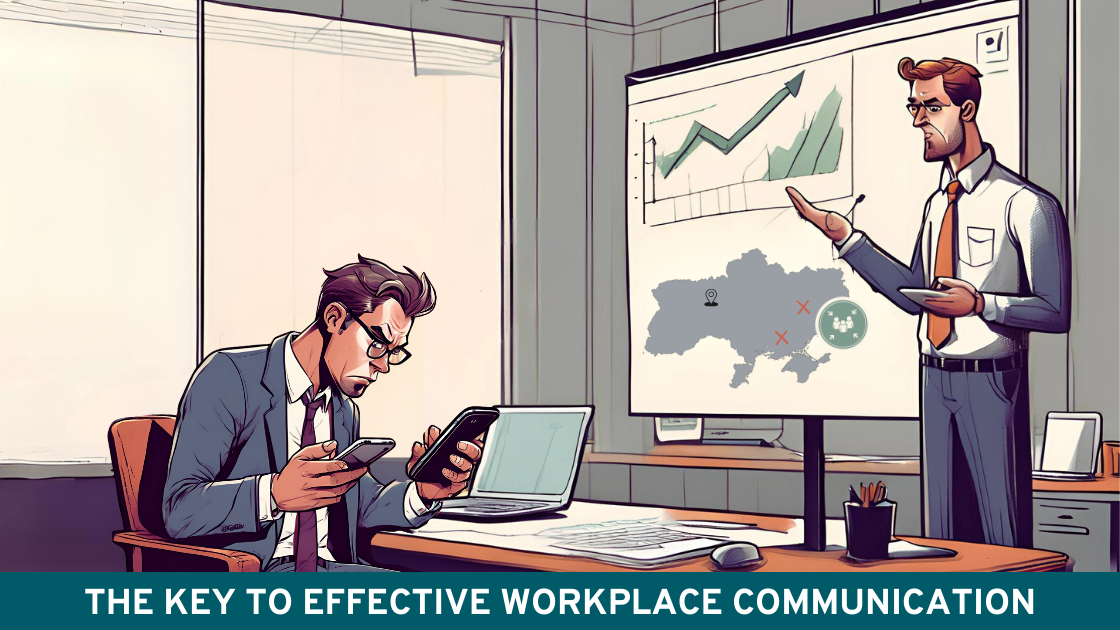Embracing Change: Barriers When Implementing SaaS
The age of Software as a Service (SaaS) has officially arrived.
Growing at a rate of 27.5%, the SaaS market is set to reach an astounding value of $716.52 billion by 2028, as countless companies embrace a more flexible and agile way of working.
Transitioning into a SaaS landscape represents phenomenal opportunities for companies from virtually every industry. The risk management sector should be no different. Adopting SaaS solutions can provide access to vital data analytics, as well as offering all the known benefits of easy access and collaboration, scalability and improved workflow.
Yet, even with endless potential benefits to look forward to, successfully facilitating a change to a SaaS environment can often feel like a daunting task. All too often poor implementation and communication make change processes fail, unnecessarily wasting time, resources and money.
So, how can companies embrace the change and successfully unlock the benefits that SaaS can deliver?
Managing the Myths and Addressing Common Concerns
The digital age is here to stay.
Increasingly, companies of all sizes are making the shift towards cloud-based “as-a-service” technology. In spite of that, there are still countless companies that end up avoiding change due to misperceptions.
At RiskPal, some of the most common myths we hear regarding the transition to SaaS include:
- The change is too complex: Any change can be perceived as difficult at first, but the shift to SaaS is often much simpler than most people realise. The transition actually makes life easier, by allowing users to access the information or documentation they need in a single, unified environment, rather than having to rely on distributed apps, files or email attachments.
- We don’t have enough time: SaaS transitions are often perceived as huge, complex, and time-consuming projects. With the right support by your side, the reality is that you can usually make the change much faster than you’d realise. Many implementations can be managed in a couple of days, or weeks and the rewards soon become apparent.
- The costs are too high: Any major transition from one environment to another will require some initial costs. However, the short-term investment for a SaaS implementation will often quickly pay-off with long-term benefits. Using RiskPal as an example, if you combine the time savings made, the data insights you’ll gain and the overall improvement to safety culture and duty of care, the savings far outweigh the costs.
- The benefits are limited: With SaaS solutions, you can scale your software as and when you need, accessing storage and analytics with no restrictions. Furthermore, you can automate mundane processes and easily capture and share information, building a knowledge economy across your organisation. It’s the ultimate way to be resilient to staff changes and future proof your business.
- It’s too risky: While maintaining the status quo with an “if it ain’t broke, don’t fix it” attitude might seem like a safer solution than implementing change, the opposite may actually be true. Just because your colleagues are not holding placards reading “I hate our risk assessment process” outside the office each day, the malaise with dated and draining workflows erode engagement and ultimately, undermine your safety culture. Embracing SaaS does not threaten your job. Conversely, failing to change dated, painful practices will see you risk being left behind by the competition, or even worse.
Embracing the Change: Tips for Success
All change management projects come with their own unique challenges to be aware of and the first thing you need to do, is get in the right frame of mind. While SaaS can be a plug-and-play solution, change management is not. It’s more than just giving your users a manual to read, you need to think about how you’re going to implement a strategy for adoption that works for your specific users.
Here are some quick tips to get you on the right track.
1. Assess the Internal Appetite
You need to assess the attitude of your colleagues and find out whether there’s an appetite for transformation in your workforce. Determine whether there’s a clear process that needs to be fixed and make sure your team members are aware of the issue.
Consider if there are any additional changes happening at the same time as your planned transition which may lead to increased stress, reluctance to engage or confusion. It’s much more than just ensuring you have the right technology or budget in place.
2. Build a Team of Champions
Many innovators and business leaders advocating for the implementation of SaaS solutions find themselves needing to champion their solution and to regularly highlight its benefits to the right audience.
While it’s important for you to send the right message about why you’re suggesting a new SaaS system, it’s also crucial not to take on the challenge alone. Getting the right level of buy-in, not just from key management, but also from the common end user who you want to help, is critical. The early adopters you identify will be decisive advocates for change to other members of staff.
And in the buying cycle, don’t forget to engage key procurement, IT and legal colleagues early on! Information security and privacy requirements for SaaS are often underestimated and can really slow down the implementation process. Bringing these parties in at the last minute can halt momentum and erode the willingness of others to help.
3. Prioritise Excellent Communication
Communication is one of the most important elements of the change management process. Now more than ever, as team members are growing increasingly distributed in a hybrid and remote working environment, it’s important to ensure consistent and clear communications with every member of staff.
Plan your communication calendar alongside your wider implementation roadmap, identifying the key moments of engagement that will resonate with your team.
Communications cannot stop once a new SaaS solution is introduced; reporting progress, being open about difficulties and conveying the successes are essential. Positive feedback from peers should be leveraged and shared.
Unlocking the Route to Change
Although it’s impossible to ignore the increasing demand for SaaS solutions in today’s digital landscape, this doesn’t mean change will come easy to everyone. Don’t expect to buy a license and see everyone in your team jump into your software immediately.
Have a plan in place for managing resistance to change, with a strong focus on communication, internal analysis, and facilitating growth with training. Failing to plan is planning to fail.
Contact us to find out more.



